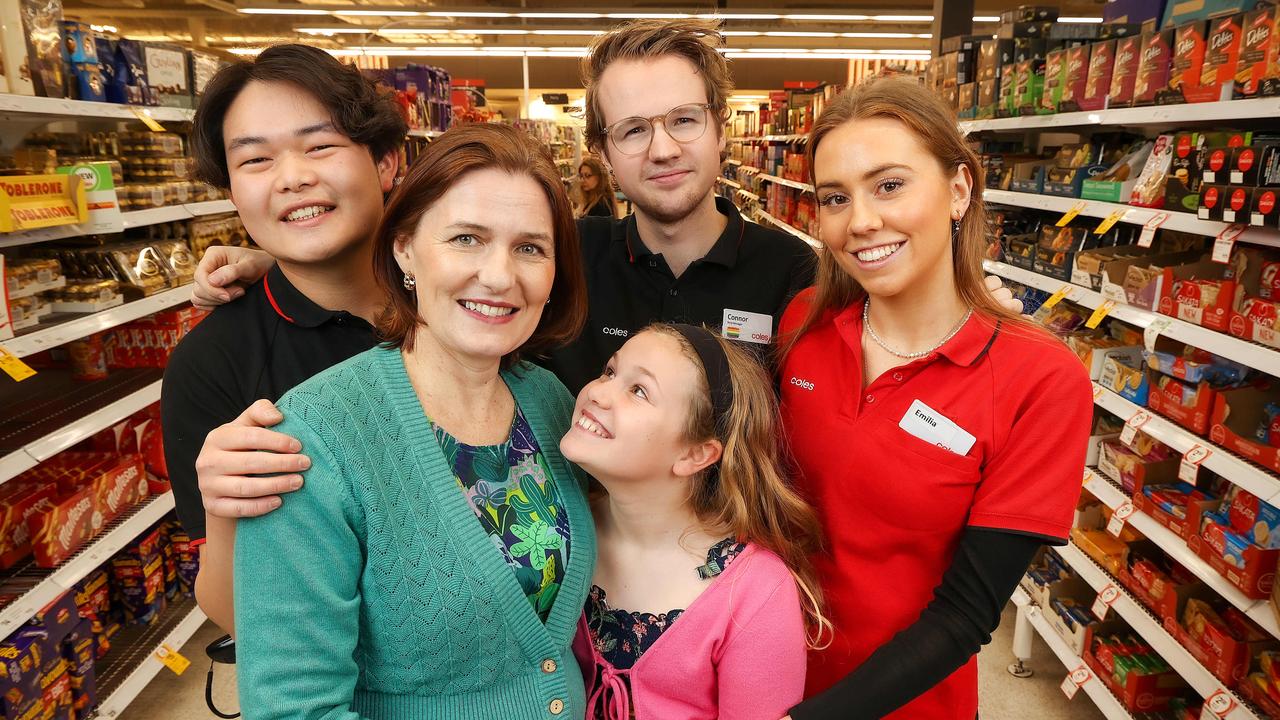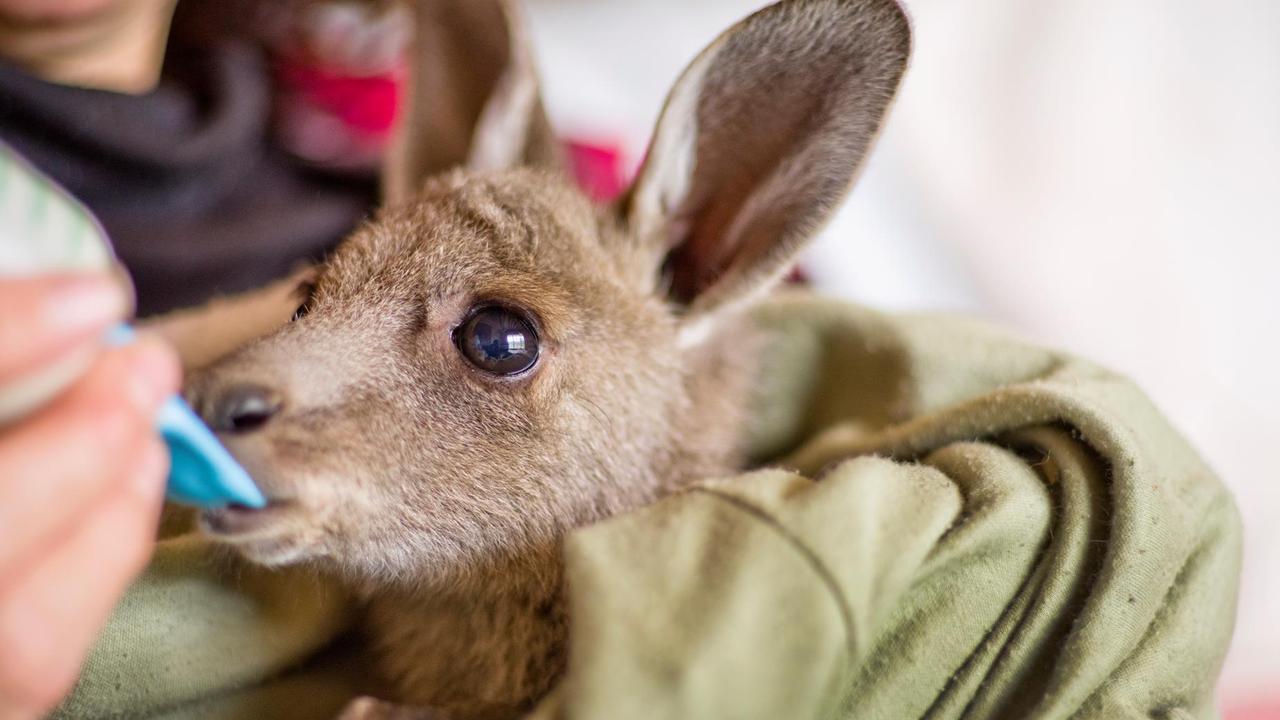Phillip Island’s little penguins our biggest tourism drawcard for decades
A VISIT to the penguin parade at Phillip Island has been a Victorian holiday tradition since the 1920s. But had it not been for three locals, it might not be the drawcard it is today.

VIC News
Don't miss out on the headlines from VIC News. Followed categories will be added to My News.
- Inside the slums of 1930s Melbourne
- How our most-loved foods were born
- Phillip Island’s best camping spots
- Where to find our sunken treasures
THEY’RE only tiny, but Phillip Island’s little penguins pull big crowds down to Phillip Island every night — and they’ve been doing it since well before a bridge connected the island to the mainland.
The penguin parade has been a childhood highlight for many Victorians, and it’s one of the state’s most popular attractions for local and international tourists.
But had it not been for three Phillip Island men, the penguin parade might not be the drawcard it is today.
Every night, without fail, thousands of penguins swim to shore on the Summerland Peninsula, at the west end of the island, after a day of fishing and brave the waddle across the open beach at dusk to feed their young, huddled in their rooks.
The same nightly ritual happens at locations right along the Victorian coast, but at Phillip Island, a unique tourism ritual began in the 1920s when locals Bern Denham, Bert Watchorn and Bert West first started leading curious visitors down to parade.
Development soon followed. An access road was built in 1927, then a golf course and more than 700 house lots were created on the peninsula.
What are your memories of the penguin parade? Do you recognise anyone in the main image? Let us know in the comments below.
By the 1930s, local landowners Spencer and Alexandrina Jackson donated four hectares of land to the people of Victoria to help protect the little penguins.

Tourism numbers rose steadily after the Phillip Island bridge was built in 1939. As houses encroached and larger crowds gathered each night for the parade, in 1955 the Victorian Department of Fisheries and Wildlife established a much larger penguin reserve.
It was placed under the control of the state’s national park service and the Shire of Phillip Island, with Bert West as manager.
Concrete viewing platforms and walkways limited tourist access to the beach and sand dunes.
A formal penguin study was established in 1968, but more comprehensive protection for the little penguins did not occur until 1984, when a new Phillip Island Penguin Reserve committee of management was formed.

It comprised council, tourism, scientific, conservation and government representatives and responsible for the seals at The Nobbies and the bird sanctuary at Swan Lake, both nearly.
A 1985 management plan called for a fox control program and the buyback of homes and land on the Summerland Peninsula.
New viewing platforms, boardwalks and a visitor centre were built in 1988.
Phillip Island Nature Parks took full control of the penguin parade, The Nobbies, the island’s Koala Conservation Centre, the Churchill Island Heritage Farm in 1996 and Wild Ocean Ecoboat Tours.
It completed the land buyback in 2010 and removed all houses by the following year.
The penguin parade has delighted Victorians and visitors long before the term eco-tourism was first coined.
All photography has now been banned at the penguin parade to protect the little penguins’ eyes from flashes and harsh light, but tourists can download images and can be photographed before a green screen to make it look as though they are right on the beach.
Now, Phillip Island Nature Parks is a major contributor to Victorian tourism and Phillip Island’s largest employer, with thousands of penguin lovers a night coming for the parade alone.


